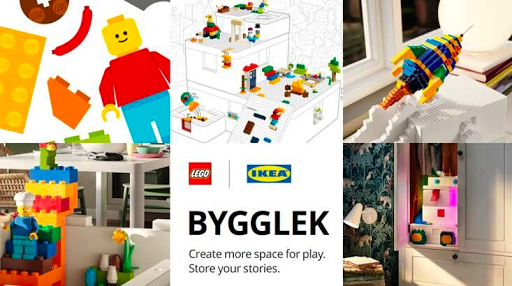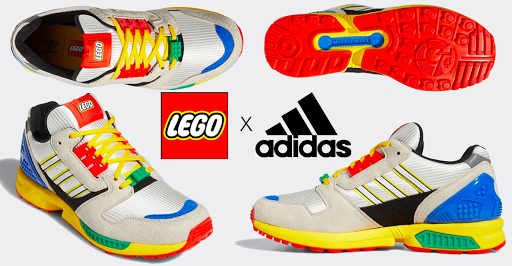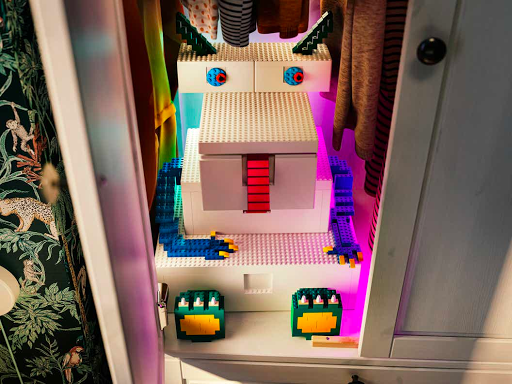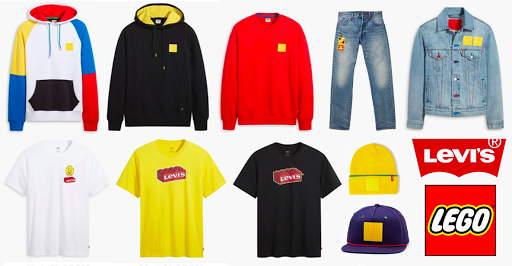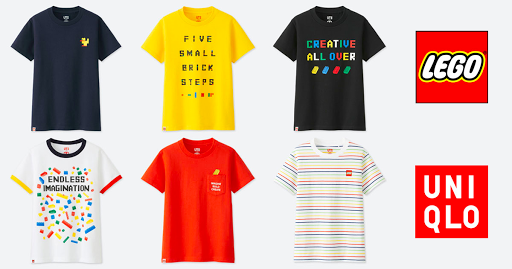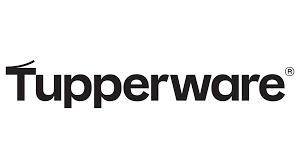Lego and its Unlikely Brand Collaborations

Lego has partnered with many brands which are seemingly unrelated, but adds a lot of muscle to Lego through the collaborations & associations
The number of brand collaborations LEGO has had with unlikely brand partners has piqued my interest. In a matter of a month, they have announced collaborations with Ikea, Adidas and Levi’s.
Needless to say, there have been some mixed reviews; some liked it, some hated it and some were neutral.
The core target audience of LEGO has been kids between the age of 1- 15 years. But as parents have been the decision-makers they have been given their fair share of attention.
Given this, many have been wondering about the rationale behind these collaborations. Here is an attempt at the probable reasons
- A Wider Base of Customers
All the partner brands enjoy a huge base of customers who are loyal to the brands. And these collaborations have enabled LEGO to reach out to a different audience and help widen their customer base.
While the core TG of LEGO continues to be kids, LEGO intends to appeal to adults -young adults and those adults who have played with LEGO when they were kids. These partnerships are trying to make LEGO relevant to them.
For example, the partnership with Adidas opens up the LEGO brand to new audiences such as sneakerheads and gives a coolness quotient to LEGO
LEGO has limitations to grow faster given its focus on toys. Collaborations such as these help the brand extend itself beyond the toy aisle.
I dare say that LEGO is attempting to break out from the core and reach out to an older audience. Perhaps a new set of LEGO toys that appeal to adults (even though many adults still play with LEGO toys)
- Open Up Newer Markets
One reason for collaboration is to open new complementary markets and get LEGO to talk to customers they would have not reached before. They are now talking to two sets of customers rather than one with each partnership.
- Increase Brand Reach
These collaborations have not only got the attention of industry veterans, peers and market insiders but also the customer base of both brands are excited about the outcome of the collaborations. (Do check social media.) Both LEGO and its collaborators have used social media extensively to market the collaboration and the resultant merchandise
As a brand, Lego will grow faster than it would be by just building toys. So collaborations help expand their reach way beyond the toy aisle
- Show that they ‘Get’ the Customer
Many adults still play with Lego (& adults decide for the kids). It is an attempt to show this customer that LEGO understands them. Not only that, but they are also hoping that the ‘newer’ customers find something they love
- Marketing is Cheaper
Both Lego and its collaborators have spent significantly lesser amounts to market their merchandise (arising out of the partnership) if the buzz in social media is any indication.
For example, LEGO has 6.1 million followers on Instagram, and Levi’s has 7.2 million followers. Imagine the impact of doubling the audience with minimal investments. Both LEGO and its partners would have had to spend considerable amounts of advertising monies if they were to reach out on their own.
- Get Noticed
The fact that these ‘out of the ordinary’ collaborations have been noticed has increased awareness levels significantly not only for LEGO but also for its collaborators too
- Fresh Perspective
These collaborations give a fresh and new perspective to both LEGO and its partners. In the case of Levi’s, it is a LEGO brick on the jeans to which other pieces can be attached or in the Bygglek collection from IKEA which can be complementary to the furniture. Interesting to say the least!
- Increased Retail Presence
All the partner brands have a huge retail presence both offline and online. This is a great chance for LEGO to enhance its retail footprint in unconventional markets.
- Higher Profits
Collaborations have the potential to generate higher revenues due to the enhanced brand value, reach and market share.
Many people think that LEGO is making mistakes; the same mistakes of the 90s’ when LEGO had overextended themselves by getting into such businesses as theme parks, etc., distracting them from their core business. But that is not the case here as these collaborations do not require LEGO to hire designers, merchandisers, manufacturing facilities etc. Each of these partners come with huge amounts of expertise in their domain and there is a minimal investment from LEGO
LEGO is not new to collaborations in any way as they have been very successful with such properties as Harry Potter, Mario, Star Wars and so on. They understand the dynamics of such collaborations
My understanding is that these partnerships have been structured as licence deals where these partners licence the LEGO brand to make co-branded merchandise. This is the opposite of what LEGO fans are used to. Usually, LEGO licences movies/ brands like Batman. Star Wars etc for a fee.
In 2019, LEGO made $70 million through licencing relationships. In my experience, the profit margins from these deals are large.
LEGO has a long history with Uniqlo and I would think that that partnership paved the way for the newer collaborations. Lego has to sustain its relevance and excitement through such collaborations. And there is enough room for different kinds of audiences to reach out to
